Urabandai is recognised internationally as a wild bird habitat (Important Bird Area [IBA])
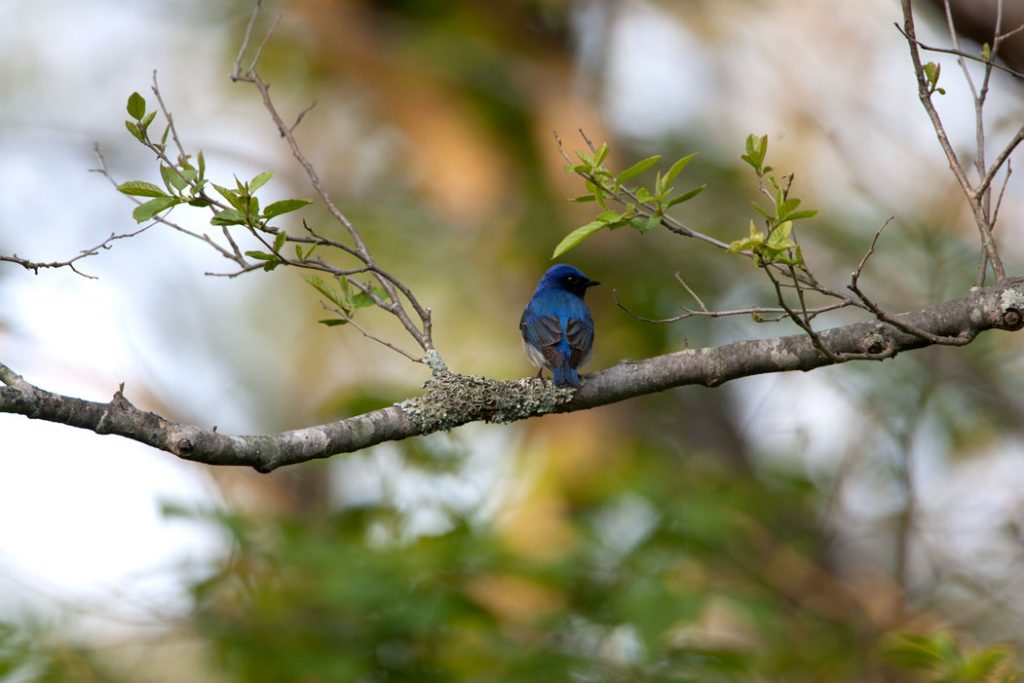
You can see various wild birds in Urabandai, a rich wild bird habitat.
Although known as one of “Japan’s three major wild bird habitats” on the Internet, it is not a formal accreditation. The Wild Bird Society of Japan certified Urabandai as an International Bird Area (IBA).
Because there are various habitats from waterside to the sub-alpine zone, you can observe many kinds of birds such as waterside birds and mountain birds.
Summer birds include komadori (Japanese robin), koruri (Siberian blue robin), akahara (brown-headed thrush), kibitaki (narcissus flycatcher), koyoshikiri (black-browed reed warbler), ohyoshikiri (great reed warbler), ohjisshigi (Latham’s snipe), aoji (black-faced bunting), kuroji (grey bunting), nojiko (yellow bunting), hototogisu (lesser cuckoo), kakkou (common cuckoo), tsutsudori (oriental cuckoo), jyuuichi (Hodgson’s hawk-cuckoo), sendaimushikui (eastern crowned warbler), mebosomushikui (Arctic warbler), ezomushikui (Sakhalin leaf warbler), yabusame (Asian stubtail), misosazai (winter wren), kararuizentane (tit), gojyuukara (Eurasian nuthatch), kitsutsukirui (woodpecker), hoshigarasu (spotted nutcracker), iwatsubame (house martin), amatsubame (swift), akashyoubin (ruddy kingfisher), In winter, wild birds such as tsugumi (thrush), kirenjaku (Bohemian waxwing), and hirenjaku (Japanese waxwing) are just some of the many types of birds you can see.
Lengenuma Pond, Nakasenuma Pond, and Goshikinuma Pond are recommended for bird-watching.
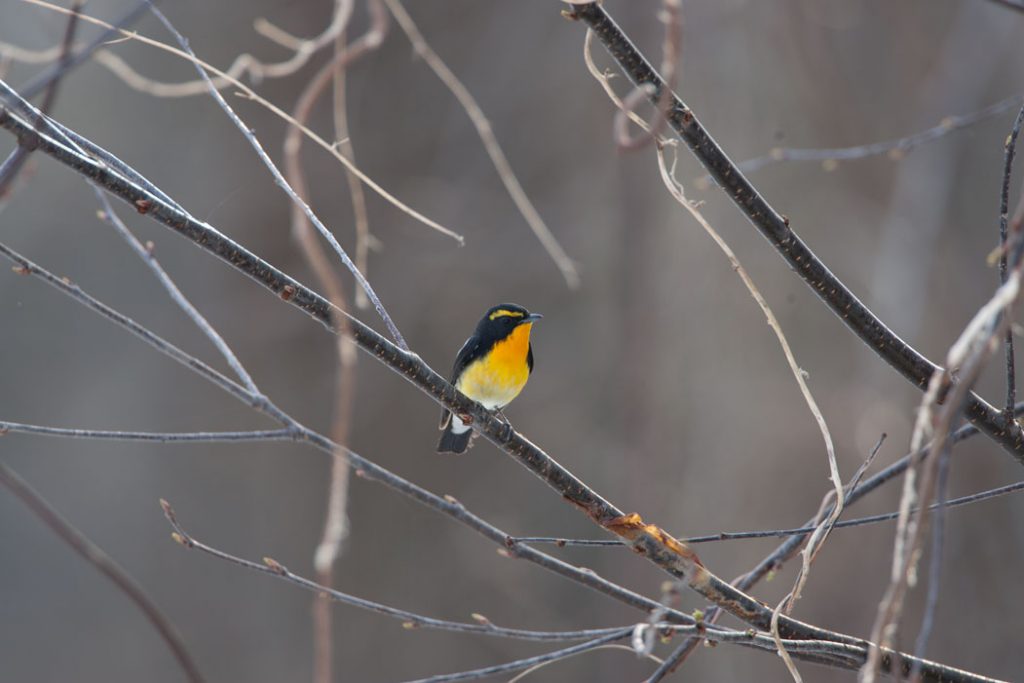
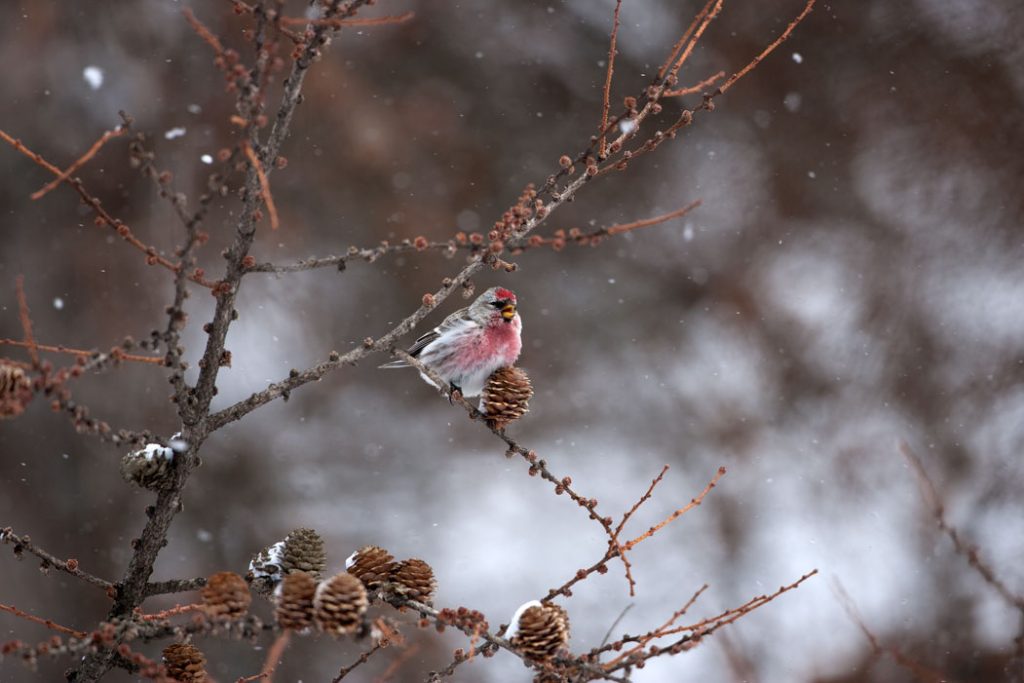
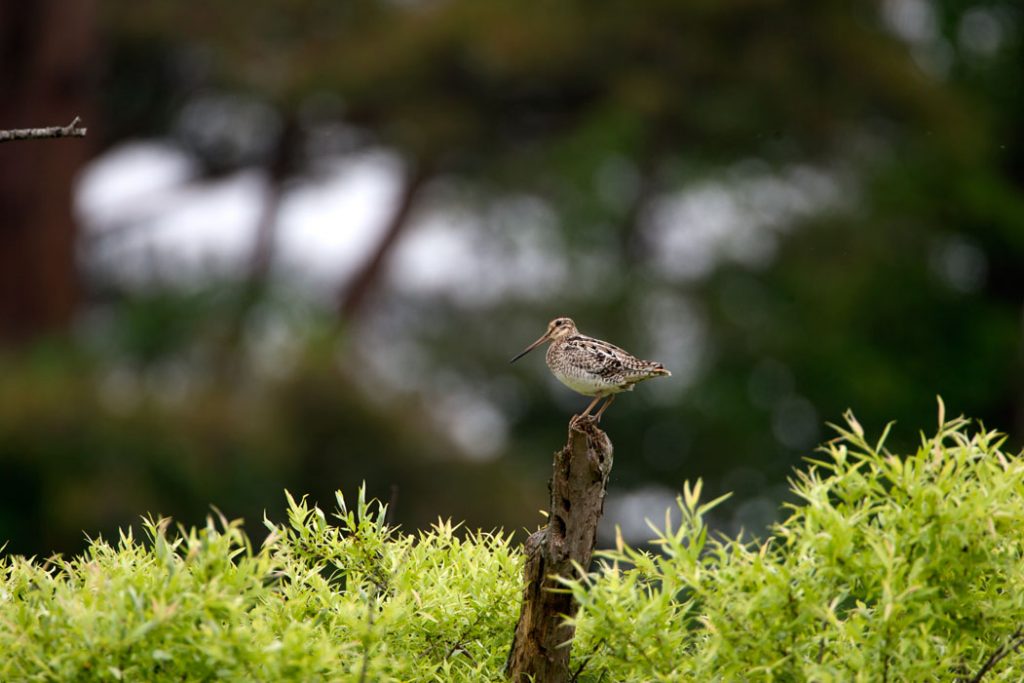
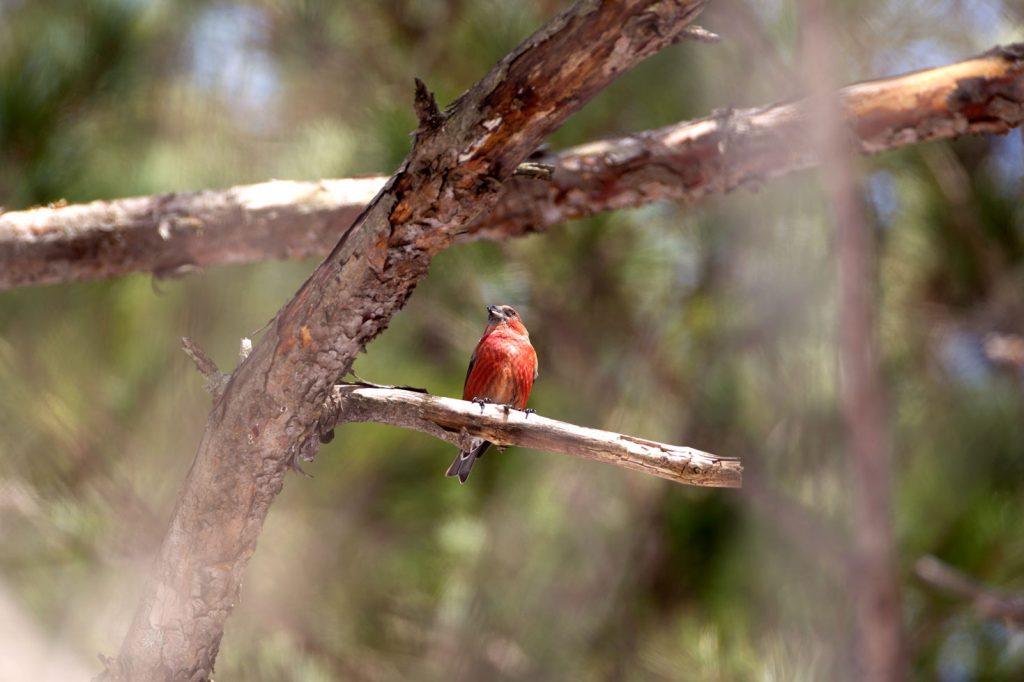
* Images: in order from the top, ohruri (blue and white flycatcher), kibitaki (narcissus flycatcher), benihiwa (common redpoll), ohjishigi (Latham’s snipe), isuka (common cross-bill).